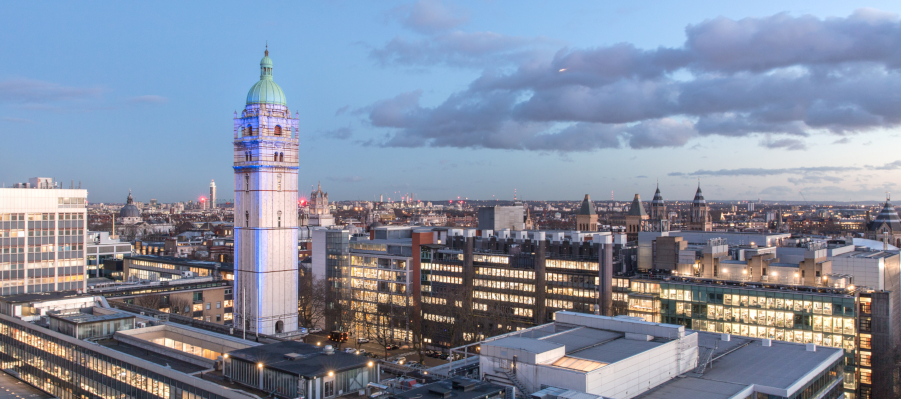Speaker
Description
When a muon passes through a matter it can liberate neutrons and produce radioactively unstable isotopes. These neutrons and cosmogenic radioisotopes form a background to deep underground low-background experiments.
With a 2 km overburden, SNO+ sees approximately 3 muons per hour passing through the detector. The water phase of the experiment has just completed, and the detector is currently being loaded with scintillator. The low energy threshold and low backgrounds of SNO+ during the water phase allow the detection of neutrons via the capture of the neutron on a free proton releasing a signature 2.2 MeV gamma ray. The deployment of an AmBe source in the centre of the detector produced a tagging efficiency of 46.50.4%. This is the highest tagging efficiency achieved of any undoped water Cherenkov detector to date.
By searching for neutron captures following a muon passing through the detector the number of neutrons produced can be estimated. An analysis procedure is presented to determine the distribution of the number of neutrons generated per meter of muon track length within the detector. A measurement of the muon induced neutrons will allow an improved estimate of the backgrounds to the various dark matter experiments which are also hosted by the SNOLAB facility.




